COVID-19 Test from Start to Finish: How Does it Work?
10.02.2021
Testing for COVID-19 has rapidly scaled up in the past months, thanks to better availability of testing material and the introduction of new testing strategies. The Swiss TPH Travel Clinic and Diagnostic Centre offer SARS-CoV-2 PCR and antibody tests in Basel, Switzerland. Did you ever wonder what laboratory work is actually involved when you take a Corona test? The following steps demonstrate how a SARS-CoV-2 PCR test is carried out in the laboratory, and all of the labour-intensive steps that it entails.
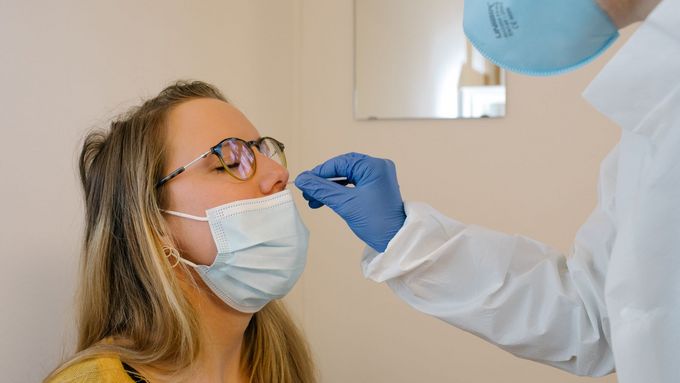
Photos: Danielle Powell, Swiss TPH
1. Patient getting a nasopharyngeal swab
People can come to Swiss TPH for a COVID-19 test if they are symptomatic (only employees and their relatives) or asymptomatic for travel purposes (all people). When a person comes to Swiss TPH, they get a nasopharyngeal and throat swab. It is important to take both swabs in order to have the highest chance to detect potentially present viruses. The nasopharyngeal swab takes around 10 seconds. The medical staff is protected by goggles, gloves, a FFP-2 mask, a single use lab gown and a hairnet.
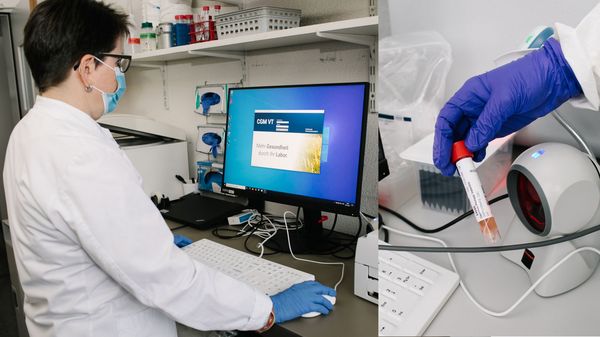
2. Registration of the sample
The medical person takes the sample to the diagnostics lab. Here the sample is first registered and receives a unique barcode in order to prevent mix-up with other samples. All relevant patient (name, date of birth), clinical (e.g. symptoms) and other data (e.g. passport number) are saved in the laboratory information system which is protected and only accessible by the laboratory staff.
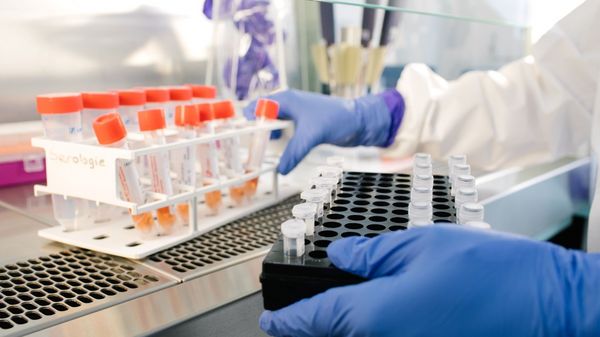
3. Preparation of the sample to extract the genetic material
Then, the material is prepared for the extraction of the genetic material of the virus, while ensuring upmost safety and security.
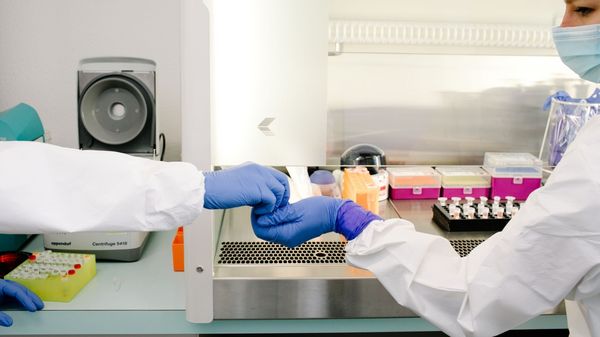
4. Working hand in hand to purify the genetic material (RNA) of the virus
The sample goes now through many processing steps in order to extract and purify the virus genetic material – Ribonucleic acid (RNA). More than 10 steps (pipetting, centrifugation, washing and more) are completed and at the end, the clean RNA is available. This process takes up to 3 hours, depending on the number of samples to test.
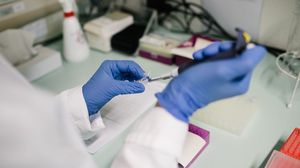
5. Amplification and detection of viral RNA
In a next step, the purified RNA is added to a combination of different reagents and then the polymerase chain reaction (PCR) is started. The PCR reaction amplifies specific areas of the genome from the SARS-CoV-2 virus leading to multiplication of these regions.
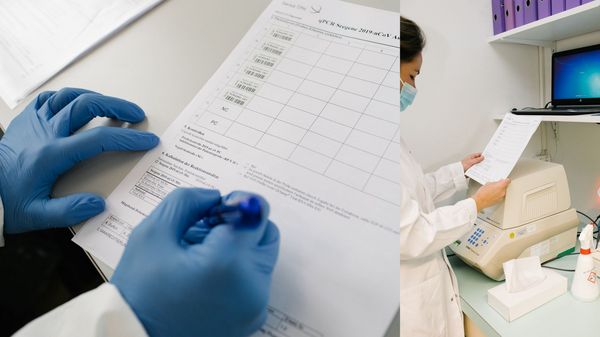
6. Results are ready 1.5 hours after the PCR has been started
If the SARS-CoV-2 genes are present in the sample, they will be amplified by PCR and can be detected. This means the sample is SARS-CoV-2 positive. If no virus was present in the sample, the specific genes are absent, nothing will be amplified and the result presents negative.
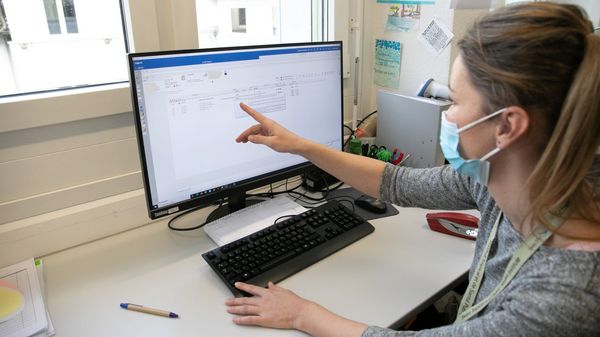
7. Validation of results
Each result is imported into the laboratory information system, checked and validated by the laboratory staff (technical validation) and then by the academic staff (medical validation). The results are then sent to the patient and physician via secure email. In addition, the test results must be reported to the Swiss Federal Office of Public Health (FOPH), and if positive, additionally to the cantonal physician.
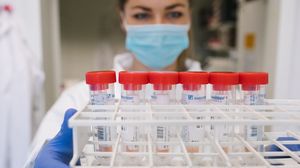
8. Complex process with many steps
A COVID-19 test is an extensive process that can take around 6 hours and is comprised of many different steps, manpower, and elaborate handwork.
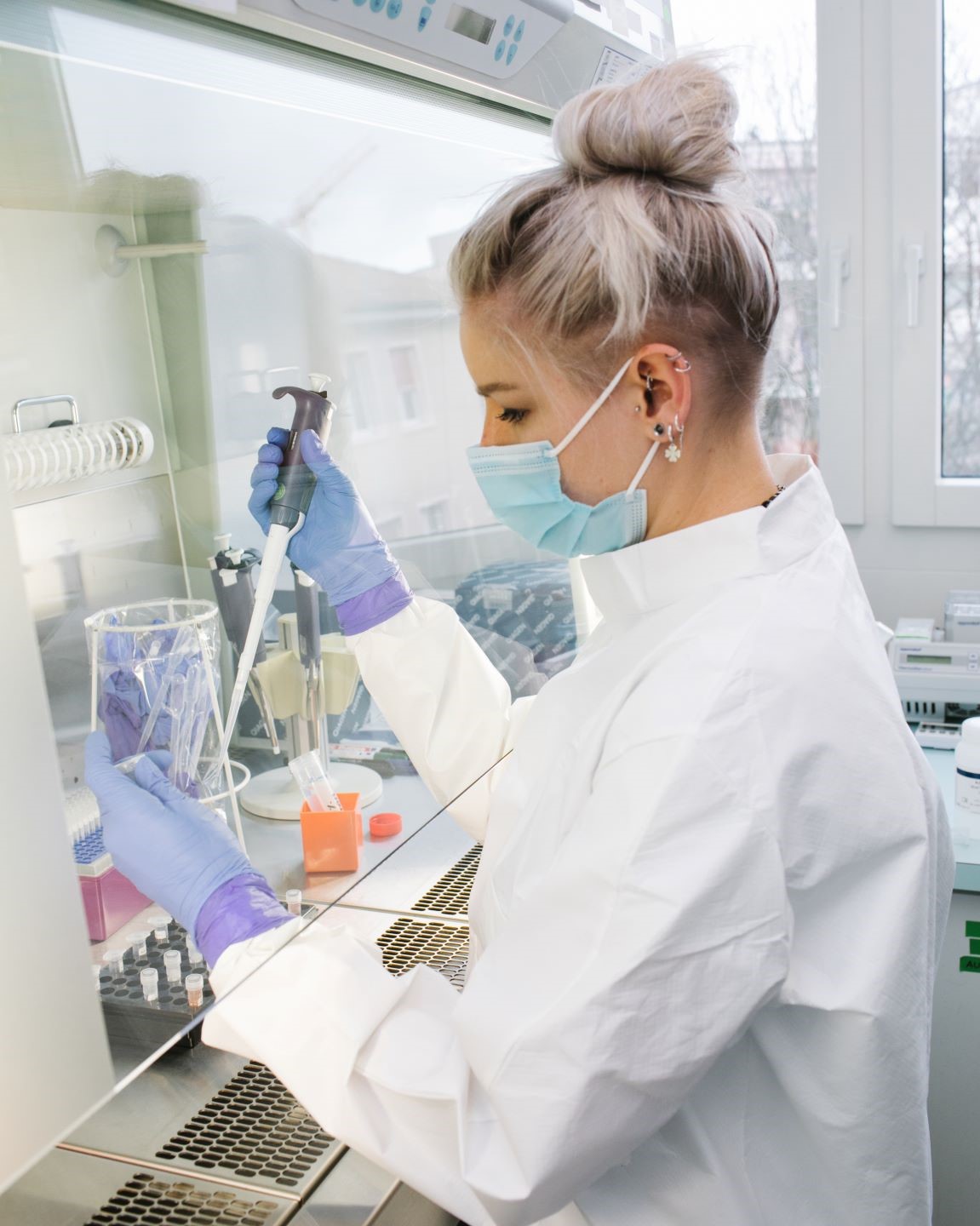
Contact
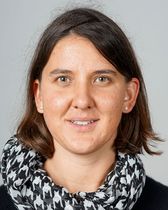
Marie-Therese Ruf
PhD
Deputy Head of Unit, Group Leader
+41612848393
therese.ruf@swisstph.ch
Stay connected
Subscribe to our newsletter and get all the latest research news, project updates, course and event listings from Swiss TPH.